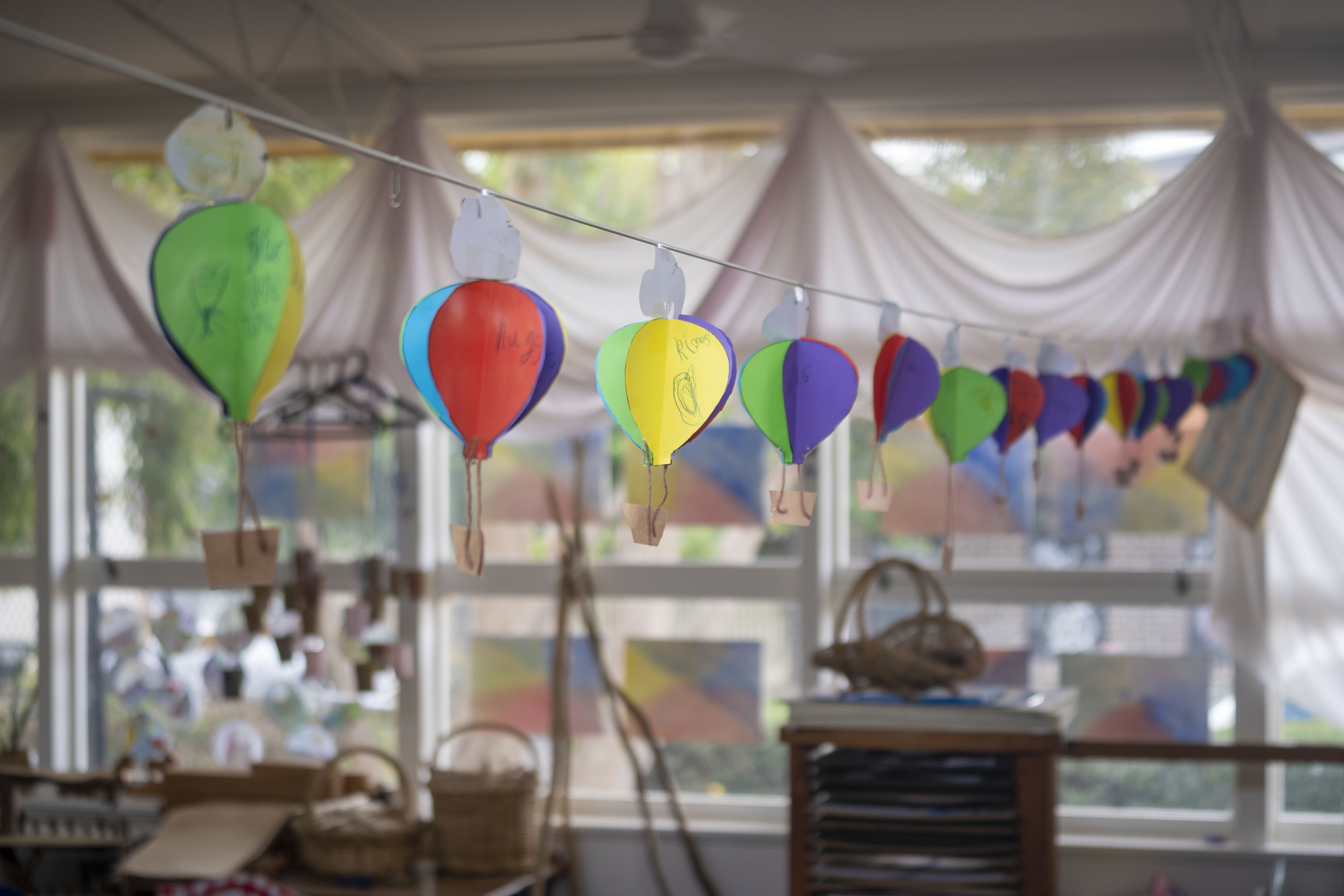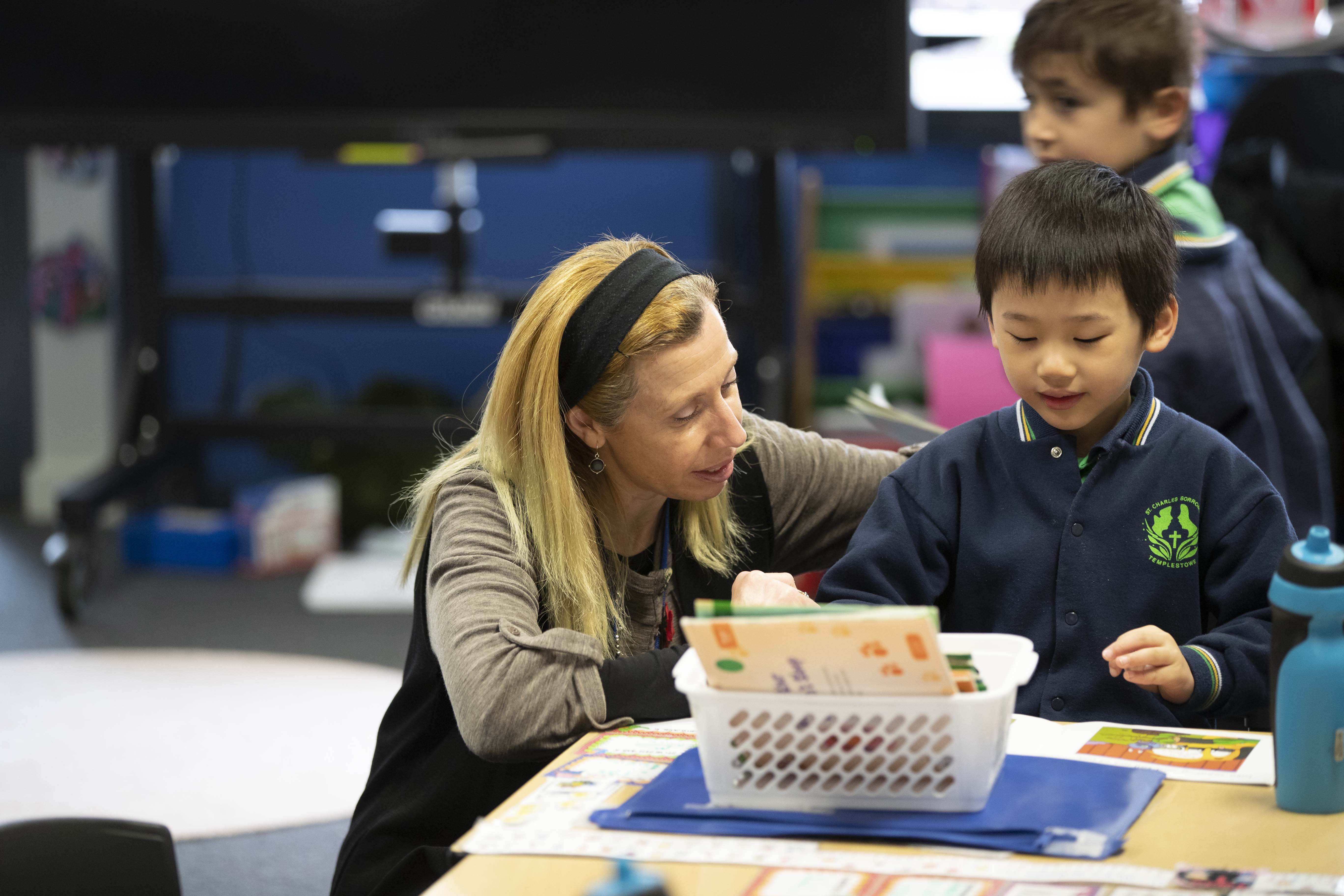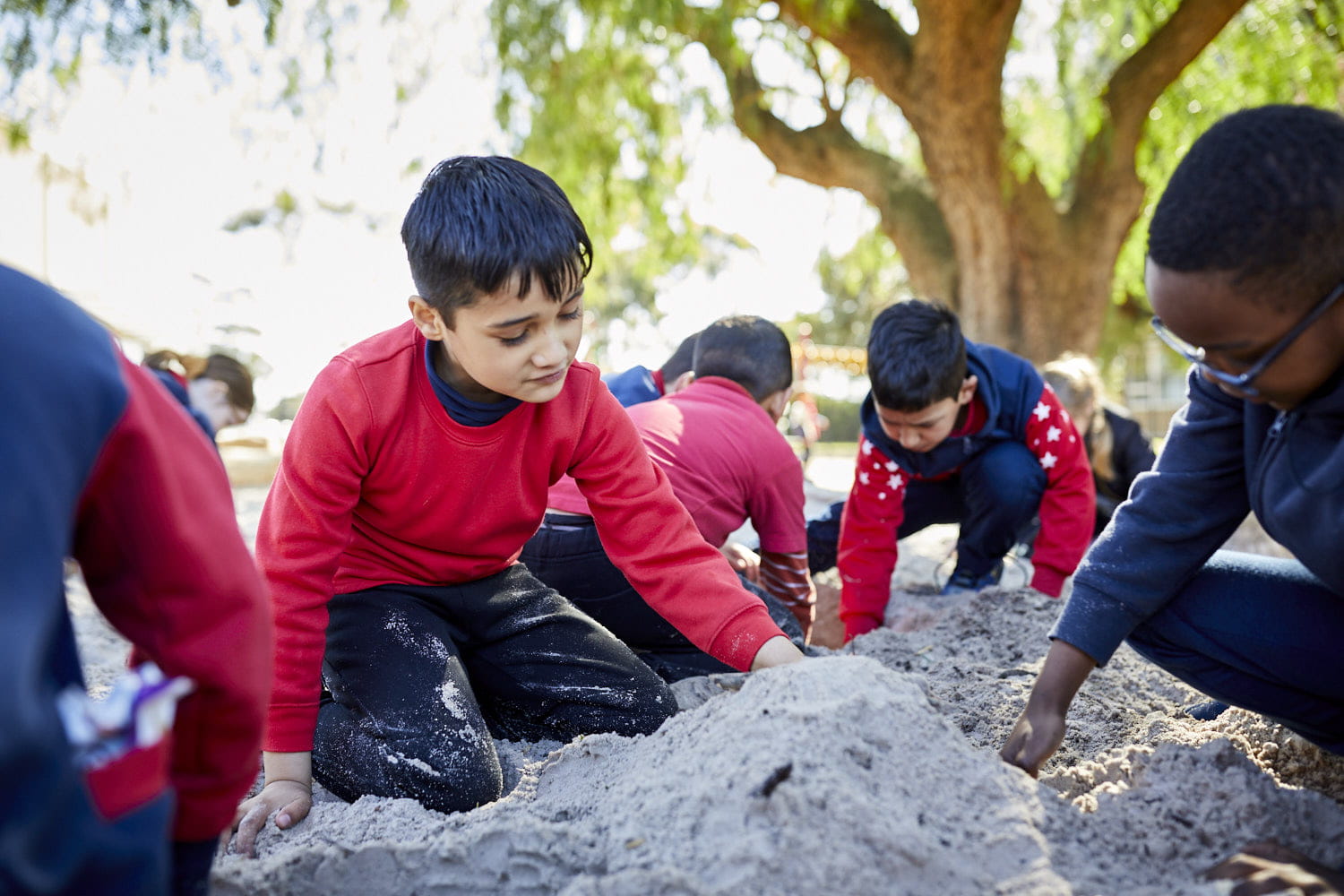On this page
Download this Fact Sheet:
Fact Sheet: Bullying (182.2 KB, PDF)
What is bullying?
Bullying is an ongoing and deliberate misuse of power in relationships. It occurs through repeated verbal, physical, online and/or social behaviour that intends to cause harm.
Bullying can be carried out by an individual or group towards one or more people and is a complex social problem.
What bullying isn’t
Behaviours that aren’t considered bullying include:
- mutual arguments and disagreements (where there’s no power imbalance)
- not liking someone or a single act of social rejection
- one-off acts of meanness or nastiness
- isolated incidents of aggression, intimidation or violence.
To effectively respond to bullying at a whole learning community level, it’s important that staff have an agreed definition that’s understood and applied consistently.
Types of bullying behaviour
There are several different types of bullying behaviours:
Face-to-face (verbal/physical)
Face-to-face (or direct) bullying may include damaging a person’s belongings, kicking, hitting and punching, or verbal actions such as making threats, name-calling and insults. Face-to-face bullying is usually more easily witnessed and can take place in social environments.
Social
Social bullying involves behaviours that aim to harm someone’s reputation or relationships. It can include excluding someone from a group, spreading rumours, sharing private information, or encouraging others to reject or ignore a person. Social bullying can occur face-to-face or online and is often harder to identify, especially when it’s subtle or disguised as jokes or peer group dynamics.
Covert
Covert bullying is more subtle – it’s typically non-physical and occurs out of sight of others. Covert bullying can include hand gestures, threatening looks, whispering, excluding, blackmailing, spreading rumours, threatening and/or trying to socially isolate someone. Other covert bullying behaviours may include trying to damage social relationships, playing nasty practical jokes, telling others’ private information, criticising clothes and personalities, sending mocking or abusive notes, or intentional ignoring.
Cyberbullying
Cyberbullying, or online bullying, occurs via technologies such as email, social media, text messages, or instant messaging. Cyberbullying differs from offline bullying in that the perpetrators can more easily remain anonymous, the nasty content can reach a larger audience, and material can be difficult to remove.
As it’s online, cyberbullying can also be harder to avoid—it can happen anytime, making it more persistent than face-to-fact bullying. These different types of bullying can occur in combination and cause children and young people to feel they have no safe space.
Bystanders
A bystander is someone who knows about or witnesses bullying. Their actions–whether they ignore it, support it, or challenge it–can be part of the bullying issue, or part of the solution to stop it. However, a bystander’s response to the situation can be complex, influenced by factors such as their confidence, social standing, safety, and concern for the other person.
Bullying can have serious consequences
There can be serious short-term and long-term psychological and social consequences of bullying for the children and young people being bullied as well as those who bully them and those that witness this.
- These consequences can include:
- feeling unsafe in the learning community
- increased likelihood of depression and suicidal thoughts (especially young people who are bullied)
- decreased self-esteem
- lower levels of academic achievement
- negative attitudes towards the learning community
- high levels of absenteeism
- alcohol and substance abuse
- poor mental health in adulthood.
Those who witness bullying of their peers might experience similar emotional effects to the person being bullied. Children and young people may feel distressed because they feel powerless to stop what’s happening to someone else as well as fearing that they too may be unsafe or targeted.
Bullying is common
While anyone can be bullied, it’s more commonly experienced by those who:
- are from culturally and linguistically diverse backgrounds
- identify as LGBTIQA+
- have a disability.
Why do people bully?
There’s no simple explanation for bullying. It can emerge from a complex interaction of social, personal and psychological circumstances. Sometimes people who bully have been bullied themselves or have experienced trauma or violence. They may struggle with managing their emotions or building positive relationships.
Children and young people who engage in bullying behaviour may have difficulty understanding the consequences of their behaviour, feel strong and in control when bullying others, and/or believe that bullying others will help make them popular. Bullying behaviour can also occur because of distrust, fear, misunderstandings and lack of knowledge or jealousy.
Understanding what bullying is - and isn’t - helps educators respond effectively. Recognising different types of bullying, the role of bystanders and the possible serious impacts involved can help inform whole-school approaches that prioritise wellbeing.
Be You Resources
Learn more about Recognising bullying behaviour.
Learn more about What schools can do about bullying.
-
External links
headspace resources For young people and For families
The Office of the eSafety Commissioner – Cyberbullying
-
Bibliography
Byers, D.L., Caltabiano, N.J., & Caltabiano, M.L. (2011). Teachers’ attitudes toward overt and covert bullying, and perceived efficacy to intervene. Australian Journal of Teacher Education, 36(11), 105-119.
Collaborative for Academic, Social, and Emotional Learning (CASEL) and Social and Emotional Learning Research Group. (2009). Social and Emotional Learning and Bullying Prevention.
Cross, D., Shaw, T., Hearn, L., Epstein, M., Monks, H., Lester, L., & Thomas, L. 2009. Australian Covert Bullying Prevalence Study (ACBPS). Child Health Promotion Research Centre, Edith Cowan University, Perth.
Bullot A., Cave, L., Fildes, J., Hall, S. and Plummer, J. 2017, Mission Australia’s 2017 Youth Survey Report, Mission Australia.
Konishi, C., Hymel, S., Zumbo, B. D. and Li Z. (2010) ‘Do school bullying and student-teacher relations matter for academic achievement?: A Multilevel Analysis’, Canadian Journal of School Psychology, Vol.25, pp.19-39.
Lodge, J. (2008). Working with families concerned with school based-bullying. Australian Family Relationships Clearinghouse Briefing, 11, 1-9.
McGrath, H. & Noble, T. (2018) (3rd ed), BOUNCE BACK! A Positive Education Approach to Wellbeing, Resilience & Social–emotional Learning, Pearson Education, Melbourne (3 volumes: Level 1(Years F-2), Level 2 (Yrs 3-4) a& Level 3 (Years 5-6) + online interactive whiteboard materials)
McGrath, H. & Noble, T. (2018). Bounce Back! A positive education approach to enhancing wellbeing, resilience and social-emotional learning in the primary years. Scan,37(3). Retrieved from https://education.nsw.gov.au/teaching-and-learning/professional-learning/scan/past-issues/vol-37/bounce-back!-a-positive-education-approach
Ronning, J. A., Sourander, A., Kumpulainen, K., Tamminen, T., Niemela, S., Moilanen, I., et al. (2009). Cross-informant agreement about bullying and victimization among eight year olds: Whose information best predicts psychiatric caseness 10-15 years later? Social Psychiatry & Psychiatric Epidemiology, 44(1), 15-22.
Spears, B., Keeley, M., Bates, S., & Katz. I. (2014). Research on youth exposure to, and management of, cyberbullying incidents in Australia: Part A – Literature review on the estimated prevalence of cyberbullying involving Australian minors (SPRC Report 9/2014). Sydney: Social Policy Research Centre, UNSW Australia.
Spears, B., Taddeo, C., Daly, A.L., Stretton, A. & Karklins, L.T. (2015). Cyberbullying, help-seeking and mental health in young Australians: implications for public health. International Journal of Public Health, Vol. 60(2), 219–226.
Ttofi, M.M., Farrington, D.P., & Lösel, F. (2012). School bullying as a predictor of offending and violence in later life: A systematic review of prospective longitudinal studies. In. Bernal, A.O., Jimenez, S.Y., & Smith, P.K. (Eds.), School bullying and violence: International Perspectives. Madrid, Spain: Biblioteca Nueva.
Van Geel, M., Vedder, P. & Tanilon, J. (2014). Relationship between peer victimization, cyberbullying, and suicide in children and adolescents: a meta-analysis. Journal of American Medical Association Paediatrics, 168(5): 435–42.\
Australian Institute of Health and Welfare 2020. Australia’s children. Cat. no. CWS 69. Canberra: AIHW. Retrieved from https://www.aihw.gov.au/reports/children-youth/australias-children/contents/justice-safety/bullying


